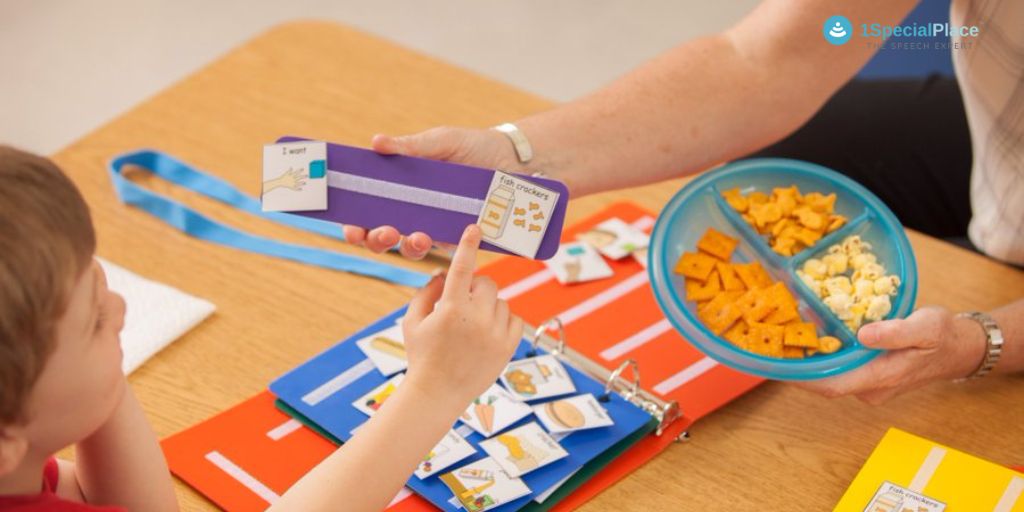
Picture Exchange Communication System (PECS)
Picture Exchange Communication System (PECS)
The Picture Exchange Communication System is a systematic way to teach a child how to communicate with someone.
- This can be done by giving a picture of what the child wants to communicate.
- The program was originally designed for children with autism but can be used for other non-verbal children as well.
- It’s intended to provide an alternative means of communication for a child who is unable to speak.
- It is not a true form of speech for the child but an alternative means of communication.
- It will allow him to “speak” his thoughts even if his mouth won’t cooperate.
How does it work?
- To participate in the Picture Exchange Communication System (PECS), the adult who is working with the child must be trained in how to use PECS.
- The program involves very specific steps that must be taught in the correct order and manner.
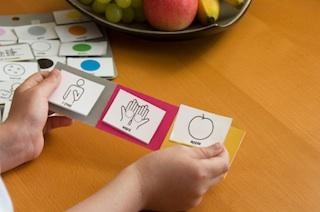
Is PECS important?
- PECS enables a child to communicate effectively with other people.
- It is particularly useful for children who are non-verbal and have limited or unclear speech.
- Also effective for kids who do not use a functional communication system at home/preschool/school environment.
- It has been successful with individuals of all ages demonstrating a variety of communicative, cognitive, and physical difficulties.
- Some learners using PECS also develop speech.
Why was the Picture Exchange Communication System created?
The foundation of the Picture Exchange Communication System (PECS) is the notion that learning occurs as a result of the results of a given behaviour and the circumstances that precede it. When kids use the picture cards in PECS, they get the things or actions they requested in return.
People without spoken language or with inadequate spoken language skills have another means of communication thanks to the Picture Exchange Communication System (PECS). Additionally, PECS can improve a person’s communication abilities. For instance, autistic individuals can learn to utilise the cards to make requests, remarks, and responses to queries.
Are building blocks necessary to develop the Picture Exchange Communication System?
- Interpersonal interaction: A child must ‘want’ to communicate with others.
- Eyesight: Good eyesight.
- Mobility and controlled movement in the arms and hands.
- Motivation: Motivated to request items.
- Planning and sequencing: The sequential multi-step task/activity performance to achieve a well-defined result.
- Executive functioning: Higher-order reasoning and thinking skills.
- Receptive (understanding) language: Comprehension of language.
- Problem-solving: The identification of a challenge, including what the challenge is, what strategies could be used to overcome it, and the subsequent performance to overcome it.
The other problems that can occur when a child has difficulties learning the communication system?
If a child has difficulties learning PECS, they might also have difficulties with:
- Receptive language: Comprehension of language.
- Expressive (using) language: The use of language through speech, sign, or alternative forms of communication.
- Articulation: Clarity of speech sounds and spoken language.
- Imitation
- Working memory: The ability to temporarily retain and manipulate information involved in:
- language comprehension
- reasoning
- learning new information and
- to update this information as change occurs.
- Fine motor skills: Finger and hand skills.
- Planning and sequencing: The sequential multi-step task performance to achieve a well-defined result.
- Social skills: Determined by the ability:
- to engage in one-to-one interaction with others (either verbally or non-verbally),
- to compromise with others and
- to be able to recognize and follow social norms.
- Behavior difficulties: A child’s frustration levels increase because they are unable to express their wants and needs.
- Social isolation: A child is unable to communicate with their peers and may land up having other unwanted behaviors.
- Coping: The child is unable to participate in academic activities due to a lack of expressive language.
Things that will improve PECS learning:
- Motivation: Discover items that are highly interesting and motivating to your child so that they want to request them.
- Aversion: Find items that your child does not like so that when learning how to discriminate between items they have something that is not appealing to request.
- Decrease sensitivity to touch: Decreasing the child’s resistance to being touched by seeing an Occupational Therapist work on sensory processing issues.
- Photos: Use photos of items instead of line drawings so the picture used for requesting is easier for your child to recognize.
- Real objects: Use real objects in miniature form of the items they wish to request so that it is easier for your child to recognize the item they wish to request.
Why should one seek therapy for their child to develop the Picture Exchange Communication System (PECS)?
Therapeutic intervention to help a child master PECS is important because:
- PECS is a learned process.
- If one wants to master it correctly someone trained in the process is needed for guidance.
- Learning PECS can help to reduce the high levels of frustration often experienced by a child who cannot express his/her wants and needs.
- PECS helps a child to learn how to initiate interactions with others and understand the cause-and-effect nature of communication.
- To teach a child the process of applying the use of pictures.
- It helps to develop detailed expressive language by improving word order in sentences using pictures.
Benefits of Using PECS?
- I have used PECS with many children.
- I find it helpful to those who are not interested in interacting with anyone.
- This program teaches kids to initiate an interaction by exchanging a picture.
- By using you can often take a child with no interest in other people and get them to the point where they initiate an interaction.
- This can be a big step for children with autism or other developmental delays who were previously uninterested in communicating.
- Often, once they see the power of this communication, they are more open to trying other forms of communication, including speech.
The therapy recommended to help learn the Picture Exchange Communication System:
- If your child has difficulties with learning PECS, it is recommended to consult a Speech Therapist.
- If there are multiple areas of concern (i.e., beyond just PECS) both Speech Therapy and Occupational Therapy may be recommended to address the functional areas of concern.
Happy learning!
Feel free to contact us if you are still facing challenges to teach these skills to your children.
- Top 20 Famous people with Autism/ADHD - September 5, 2024
- When is Speech Therapist needed? - March 26, 2022
- Best Toys for Speech Stimulation for Toddlers - June 21, 2021

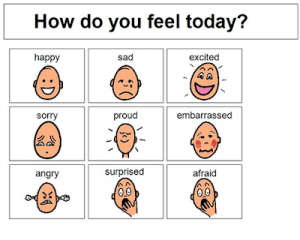
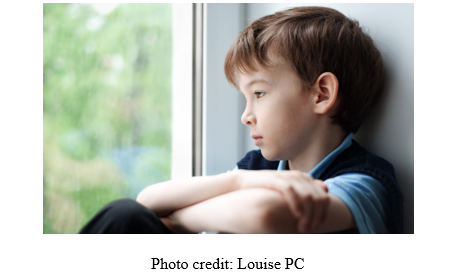
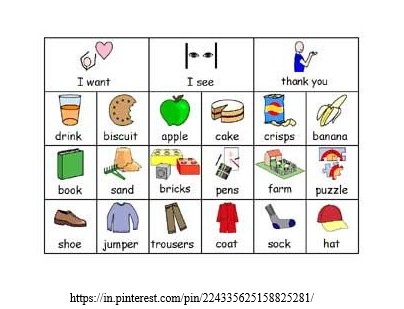
Leave a Comment
(0 Comments)